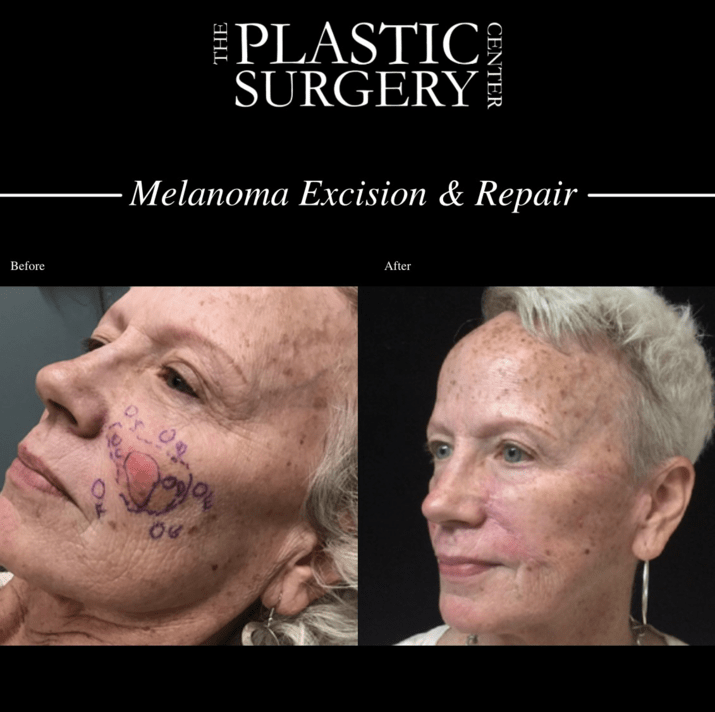The Aftermath of UV Rays

July is UV safety month! This month and all year long, it is important to be well informed about UV safety and skin cancer risks.
Skin cancer is the one of the most common forms of cancer in the US with an estimate of more than 100,000 new cases this year according to Cancer.gov.1 Ultraviolet (UV) electromagnetic radiation comes from the sun and some other manmade devices such as tanning beds. UV rays can be broken up into three categories: UVA, UVB, and UVC. UVA is the weakest form of UV ray but may lead to premature wrinkles and certain forms of skin cancer. UVB rays may damage the DNA of your cells—these are the rays that cause sunburn as well as skin cancer. UVC rays have the highest level of energy but are weakened by the ozone, so these rays do not reach ground level.2 It is important to know that harmful UV rays do not come just from the sun. UVB rays can be manmade and are found in welding torches, mercury lamps, and UV light sanitizers. High exposure to UV rays may cause basal cell, squamous cell, and melanoma cancers. These rays are strongest during spring and summer months and between the hours of 10 AM and 4 PM.2
UV Safety Tips
In order to protect ourselves against potential harm from UV rays, the FDA recommends using SPF 15 (at the minimum) and reapplying often throughout the day. Wearing long clothes and pants to cover your skin is also a good way to avoid direct sunlight. However, the best way to protect yourself against harmful rays is by avoiding direct sunlight and sitting in a shaded area.3 You should always keep an eye out for abnormal spots on your skin that may be cancerous. The earlier the treatment, the greater the chances are for successful removal and recovery. Cancerous melanomas will typically stand out amongst other moles. They are usually asymmetrical, have an irregular border, darker in color, or larger in size.4 If you identify a mole that fits one of these criteria, you should visit a board-certified dermatologist as soon as possible for evaluation of the lesion.
Treatment for Skin Cancer
Surgery is one of the options typically offered for the treatment of basal cell and squamous cell skin cancers. The surgical technique used depends on multiple factors including, the type of skin cancer, how large the cancer is, and where it is on the body. Some skin cancers can be removed with via excision, where the cancer is removed along with some surrounding skin. In many cases, the remaining skin can then carefully be stitched back together. Mohs micrographic surgery is another surgical technique used to treat skin cancers. During this procedure, layers of cancerous skin cells are removed and undergo precise pathological examination to ensure that all surgical margins are free of cancer. In some cases, a Plastic Surgeon may be consulted to assist in the closure of the resulting defect.
Plastic Surgeons & Skin Cancer Reconstruction
Our surgeons at The Plastic Surgery Center work alongside dermatologists to offer reconstruction after skin cancer surgery. Often times when patients undergo Mohs surgery, a plastic surgeon may be consulted to assist in the closure of a soft tissue defect. Closure of a Mohs defect varies on the location, size and extent of the involved tissues. This procedure can be as straightforward as primary closure or may require local flaps or skin grafts.
Patients first meet with one of our surgeons to evaluate the area of concern and discuss the best steps moving forward. Although dermatologists can perform Mohs closures, enlisting a plastic surgeon to complete a Mohs closure can assist with providing a more aesthetically pleasing result. The procedure is usually performed as an outpatient procedure, so after your surgery you will be able to return home the same day. Typically, one week after your surgery, you will be asked to come back for a follow up.
Visit our website or call us at 844-920-0212 to schedule your consultation today!
Sources:
-
- “Melanoma of the Skin – Cancer Stat Facts.” SEER, 2021, seer.cancer.gov/statfacts/html/melan.html.
- “Ultraviolet (UV) Radiation.” American Cancer Society, 2019, www.cancer.org/cancer/cancer-causes/radiation-exposure/uv-radiation.html.
- “Sunscreen: How to Help Protect Your Skin from the Sun.” U.S. Food and Drug Administration, FDA, 2019, www.fda.gov/drugs/understanding-over-counter-medicines/sunscreen-how-help-protect-your-skin-sun.
Subscribe to Updates Here
Awards, Certificates, & Associations

